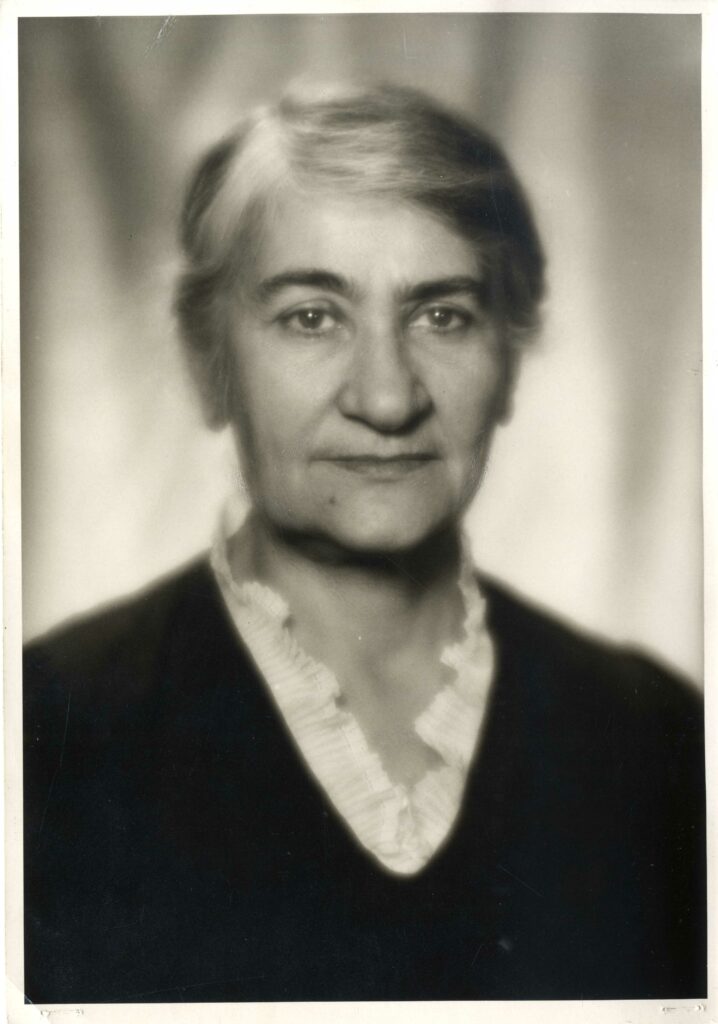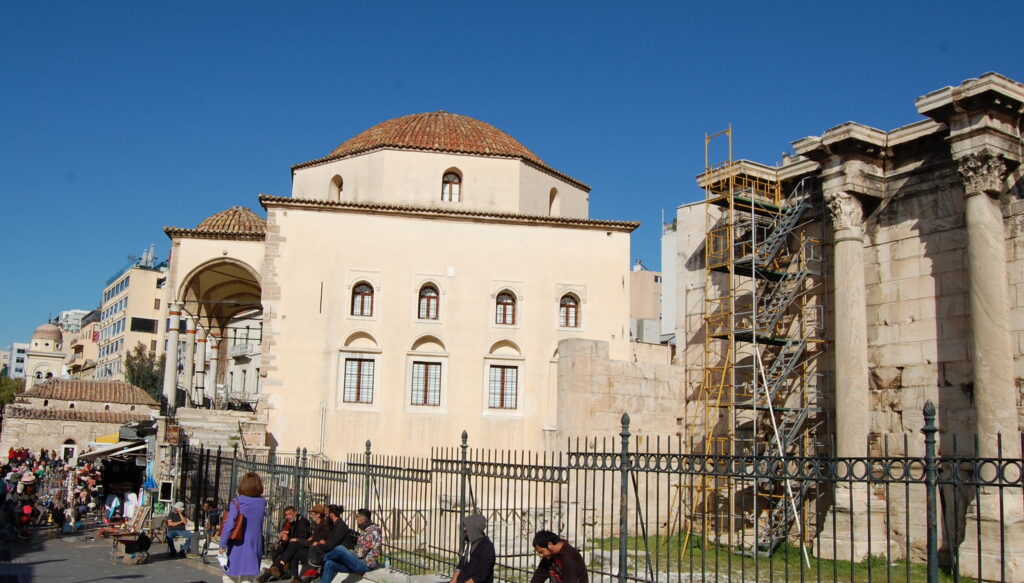by Elsbeth Bösl & Doris Gutsmiedl-Schümann
The early 20th century and the Kiekebusch seminar at Märkisches Museum
At the turn of the 20th century, things began to change. Both amateurs and academic scholars began narrow their expertise to certain focus fields. Distinct disciplines evolved out of Altertumskunde and prehistoric archaeology was turned into an academic profession with distinct boundaries and institutions. University chairs and institutes were installed (Kühn 1976, Leube 2010, Wiwjorra 2006).
Heritage conservation was institutionalized outside of academia. Some of the amateur societies changed into academic bodies, others became irrelevant or specialised in the local preservation of archaeological monuments. At the same time, German nationalism became increasingly radical, and a specific German way of doing prehistoric archaeology, Deutsche Vorgeschichte, was branded by Gustav Kossinna and his followers. (Gramsch 2006) After the First World War, this process gained momentum and political attention to Deutsche Vorgeschichte increased, Germano-mania was on the rise (Leube 2010).
How did these changes impact women?
In the years before the turn of the century, private and public girls’ schools emerged in Berlin, allowing women to attain degrees for university entry, and by 1909, the University of Berlin admitted women as regular students. However, most of these women opted for fields such as medicine and the social sciences, not archaeology (Heinsohn 1996; Mazón 2003; Coastas 2010).
Few women studied prehistoric archaeology before 1930 in Berlin. Studying meant a heavy financial burden and personal insecurity. Most female students depended on their families and on the goodwill of the male professors and supervisors. There was also the question of paid employment after graduation. Where would female archaeologists find a job?
While a number of self-taught women volunteered in archaeology, only a handful of women were accepted into paid positions in the 1910s to 1920s. And very few of them actually had degrees in archaeology. Most of the women we discovered in the museums and at the university of Berlin worked as secretaries, librarians and technical assistants. They had no formal qualification in archaeology but had been qualified in office professions. They trained on the job — sorting finds and labelling them, keeping research diaries, creating card indexes, and catalogues, and mounting photos, as well as restoring, drawing, and editing (with further references Bösl / Gutsmiedl-Schümann 2024).
Such jobs were increasingly coded as suitable jobs for women – albeit under male supervision. These jobs were also regarded as subaltern. They were hardly visible but these women significantly contributed to everyday research, knowledge transfer and communication.
In Berlin, however, a rather unique path into archaeology connected 19th-century civil science with 20th-century academic archaeology: Berlin was renowned for its teacher training programs during the 1910s and 1920s, with prehistory being a prominent discipline. Melting nationalism, patriotism and local-ism into one, this approach aimed to familiarize school children with the prehistory of their home area, fostering a strong sense of attachment (Kiekebusch 1915).
Albert Kiekebusch (1870–1935), a prehistoric archaeologist and the director of the Märkisches Museum in Berlin, established semi-academic classes that provided practical training, including excavation techniques and conservation (Dorka 1955; Kiekebusch 1915). Members of the Kiekebusch Circle, as it was often called, contributed voluntarily to conservation and heritage management. Notably, around one-third of the participants were women, as teaching was deemed a suitable academic profession for women early on (ref Dorka 1955).
Lena Köppler (biographical data unknown) and Elisabeth Bellot (1881-1956)
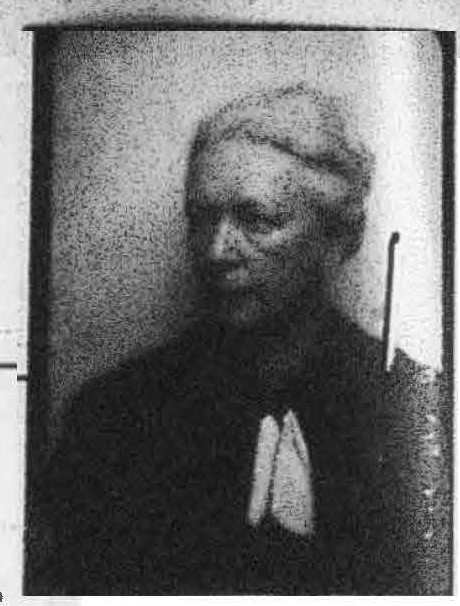
Fig 6. Elisabeth Bellot, c. 1937. Source: LAB_Bellot Reichskammer Bildende Künste A Rep. 243-04;542.
Two of these women teachers were Lena Köppler and Elisabeth Bellot (Keil 2022; Bösl 2023c). Both continued their teaching careers while engaging in voluntary archaeological work. Elisabeth Bellot also pursued the career as an artist and wrote a book on childhood psychology. She focused on recording ground monuments and conducting surveys, emphasizing drawing as a critical tool for authentication and knowledge transmission. Despite emerging photography, drawing remained pivotal for conveying findings and insights.

Fig. 7. Lena Köppler at the excavation of Pennigsberg, 1930. Source: I-MPM, 087 Pennigsberg 1930-L.Köppler
Lena Köppler served as a voluntary conservator for Neukölln in Berlin, overseeing recoveries, excavations, documentation, and visitor engagement. Two other female teachers from the Kiekebusch Circle transitioned to studying prehistoric archaeology in Berlin: Waldtraut Bohm and Gertrud Dorka.
Waldtraut Bohm (1890-1969)

Fig. 8. Waldtraut Bohm, 1961. Photo from family property (rights holder WP-user History&more), CC BY 4.0, via Wikimedia Commons.
One of them was Waldtraut Bohm (1890-1969), who graduated from the university of Berlin in 1930. Even before studying she had organized and negotiated the purchase of private collections of finds for the Märkisches Museum. Kiekebusch had great trust in her capabilities and treated her as an independent colleague (Koch 2024).
She graduated with a seminal study on early Bronze age Brandenburg (HU UA, Phil.Fak.01.Prom, Nr. 749; Bohm 1935). Afterwards she was employed to the Staatliches Museum für Vor- und Frühgeschichte to sort and arrange finds at the prehistoric department, followed by a systematic archaeological survey of the Westprignitz, a region in Brandenburg. The publication of her book Die Vorgeschichte des Kreises Westprignitz in 1937 marked a transition: Waldtraut Bohm was not following strict science anymore; instead she adopted a nationalistic and racist take on ‘Germanic’ prehistory. So, the book turned out a peculiar mix of a very modern type of catalogue with detailed documentation on the one hand and an ideologic, Germano-manic essay part on the other hand (Bohm 1937).
With the rise of the National Socialism political and ideological objectives were prioritized in prehistoric archaeology. Women who embraced Nazi ideology such as Waldtraut Bohm now found increased funding and job prospects, particularly during WWII. Prehistoric archaeology received ample funding after the Nazis seized power in 1933 now. New job opportunities opened up in conservation and heritage work as well as in popular prehistory and science communication, especially in Berlin. It was a political goal to advance public interest in Germanic prehistory to prepare a scientific rationale for conquest. Waldtraut Bohm who openly embraced Nazism received a job at the publication’s office of the NSDAP at Amt Rosenberg as a proofreader which actually meant she became a censor. She also co-edited popular prehistoric archaeology books and a handbook of German Prehistory (Handlexikon der Deutschen Vorgeschichte) – this was clearly ideological work. So were the public lectures she now gave frequently (Barthel / Atzenbeck 1938; Lindemann 2011).
Gertrud Dorka (1893-1976)

Fig. 9. Gertrud Dorka at the excavation of Pennigsberg 1930. Source: I-MPM, 087 Pennigsberg 1930-G.Dorka
Gertrud Dorka took quite a different path. She was a member of the Kiekebusch Circle since 1916 and devoted teacher. She was particularly fond of and good at creating exhibitions and taking classes through them. She volunteered as a museum guide at Märkisches Museum and curated mobile exhibitions for schools in the 1920s. In 1930 she took up studying part time alongside her teaching job. It was very hard for her to bring up the money. She prepared a dissertation on the prehistory of the Pyritz (Pyrzyce, Poland), a district in East Prussia (Dorka 1939; Gutsmiedl-Schümann / Koch / Bösl 2023; Gandert 1957; Müller 1978; Hohmann 1963.)
However, Getrud Dorka faced massive conflicts with her Berlin professor, Hans Reinerth, a leading figure in Nazi Germany’s prehistorical research at the aforementioned Amt Rosenberg. Due to ideological disputes with Reinerth she initially failed to complete her PhD and returned to full-time teaching. With the help of friends from the Kiekebusch Circle, she later took her degree at the university of Kiel. Gertrud Dorka then turned down a museum job at Kiel because it would have come with the obligation to join the Nazi party. She did not expect to work as an archaeologist anymore.
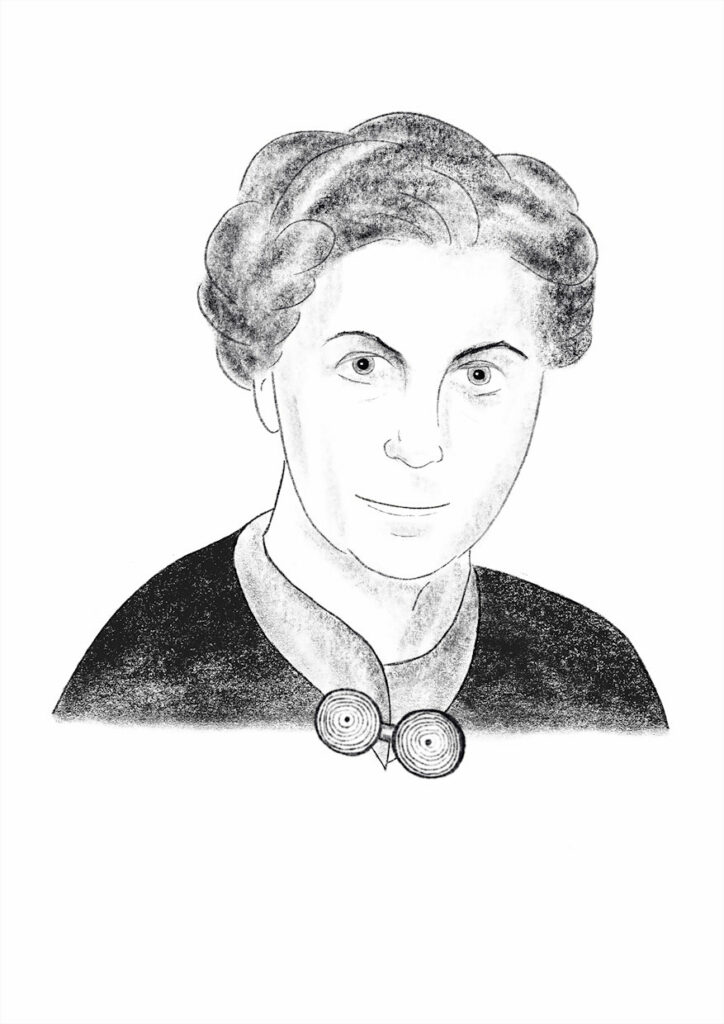
Fig. 10. Gertrud Dorka. Portrait drawn by Jens Notroff.
Yet, after World War II, Gertrud Dorka became the first female director of the Ehemals Staatliches Museum für Vor- und Frühgeschichte in Berlin (former State Museum for Prehistory and Early History). She rebuilt the destroyed museum and it’s library and reorganized the system of heritage management in the Western parts of the divided city (Hohmann 1963; Gandert 1957; Müller 1978). She had kept in touch with people from the Kiekebusch Circle, and now collaborated with former fellow members such as Lena Köppler and others. Gertrud Dorka was also the leading figure behind the re-launch of the BGAEU after 1945 (Dorka 1955). The role of the BGEAU, however, had changed and it never lived up to its 19th century importance. Gertrud Dorka also chose other venues for her activities which shows how things had changed for professional women. Even though the 1950s were a period of restoration and restrictive on working women there was an increasing number of options for those who wanted to engage with others and make their voices heard. Gertrud Dorka now engaged in the Berlin branch of Deutscher Akademikerinnen Bund e.V., the most important association of professional women in Germany that was re-established after 1945 and now bloomed.
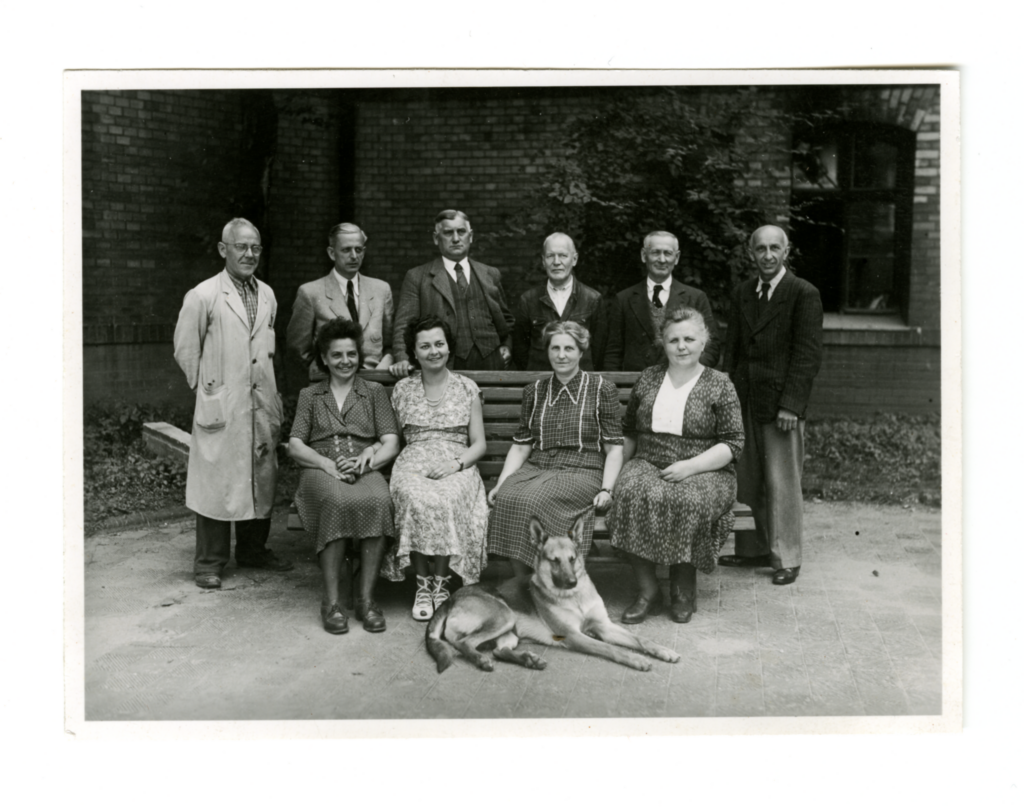
Fig 11. Gertrud Dorka with her staff in the 1950s. Source: MVF_Berlin_Dorka-Album_F5037
Conclusion
In conclusion, our analysis has centred on the significance of citizen science during the nascent phases of German prehistoric archaeology, particularly its influence on the roles of women. We have charted the trajectories of female archaeologists against the backdrop of socio-political and historical dynamics spanning the late 19th to the early 20th centuries. We advocate for conceptualizing the knowledge production process as a collaborative endeavour, acknowledging the diverse contributions of individuals undertaking various tasks and employing a range of tools.
Biography
Elsbeth Bösl is a research associate at the University of the Armed Forces in Munich. She holds a Ph.D. in Contemporary History and specializes in the History of Science and Technology, Disability History, and Gender History. She is currently working on early female archaeologists in the project “Akteurinnen archäologischer Forschung zwischen Geistes- und Naturwissenschaften: Im Feld, im Labor, am Schreibtisch (AktArcha)”, funded by the by the German Federal Ministry of Education and Research.
Doris Gutsmiedl-Schümann is research associate at the University of the Armed Forces in Munich and Privatdozent at the Institute of Prehistoric Archaeology, Freie Universität Berlin. She holds a doctorate in prehistoric archaeology from the University of Bonn and a master’s degree in Higher Education from the University of Hamburg. She is also working in the “AktArcha”-project on early female archaeologists.
Bibliography
Barthel, Waldemar & Atzenbeck, Carl (1938), Handlexikon der deutschen Vorgeschichte. Durchgesehen und in wesentlichen Teilen nach neuesten Ergebnissen überarbeitet und ergänzt von Waldtraut Bohm, 2. erw. Aufl., Verlagsanstalt Wilhelm Kürzl, München.
Bohm, Waldtraut (1935), Die ältere Bronzezeit in der Mark Brandenburg, Berlin.
Bohm, Waldtraut (1937), Die Vorgeschichte des Kreises Westprignitz, Leipzig.
Bösl, Elsbeth (2023c), Frauen in der Berliner Gesellschaft für Anthropologie, Ethnologie und Urgeschichte (BGAEU), AktArcha – Akteurinnen archäologischer Forschung und ihre Geschichte(n), 19.1.2023, URL: https://aktarcha.hypotheses.org/1229 [accessed 1 July 2024].
Bösl, Elsbeth & Gutsmiedl-Schümann, Doris (2024), ‘Breaking Ground: Women’s Roles in German Archaeology Since the Nineteenth Century’, Bulletin of the History of Archaeology, Vol 34 / Issue 1, URL: https://archaeologybulletin.org/articles/10.5334/bha-680
Costas, Ilse (2010), ‘Von der Gasthörerin zur voll immatrikulierten Studentin: Die Zulassung von Frauen in den deutschen Bundesstaaten 1900–1909’, Trude Maurer (ed.), Der Weg an die Universität: Höhere Frauenstudien vom Mittelalter bis zum 20. Jahrhundert, Göttingen, pp. 191–210.
Dorka, Gertrud (1939), Urgeschichte des Weizacker-Kreises Pyritz, Stettin.
Dorka, Gertrud (1955), ‘Gertrud Dorka: 40 Jahre siedlungsarchäologische Übungen und Studien in Berlin. Aus der Geschichte des ‘Seminars’, begründet von Albert Kiekebusch im Jahre 1915′, Berliner Blätter für Vor- und Frühgeschichte, 5/3-4: 73–80.
Gandert, Otto-Friedrich (1957) Otto-Friedrich Gandert: Gertrud Dorka zum 65. Geburtstag. Berliner Blätter für Vor- und Frühgeschichte, 6/2-3: 49–51.
Gramsch Alexander (2006), ‘Eine kurze Geschichte des Archäologischen Denkens in Deutschland, Leipziger online-Beiträge zur Ur- und Frühgeschichtlichen Archäologie’, Sabine Rieckhoff and Wolf-Rüdiger (eds.) Teegen 19 (2006), https://nbn-resolving.org/urn:nbn:de:bsz:15-qucosa2-33995.
Gutsmiedl-Schümann, Doris & Koch, Julia Katharina & Bösl, Elsbeth (2023), Women’s Contributions to Archaeology in Germany Since the Nineteenth Century, Sandra L. López Varela (Hrsg.) (eds.) Women in Archaeology. Intersectionalities in Practice Worldwide, New York, pp. 283–307.
Heinsohn, Kirsten (1996), Der lange Weg zum Abitur, Elke Kleinau and Claudia Opitz (eds.) Geschichte der Frauen- und Mädchenbildung, 2: Vom Vormärz bis zur Gegenwart, Frankfurt a.M., pp. 149–161.
Hohmann, Karl (1963), ‘Gertrud Dorka zum 70. Geburtstag.’ Berliner Blätter für Vor- und Frühgeschichte, 10/1: 1-4.
Imeri, Sabine (2019), Wissenschaft in Netzwerken. Volkskundliche Arbeit in Berlin um 1900, Berlin.
Keil, Maria (2022), “Stirb und werde” – Biografische Notizen zu Elisabeth Bellot (1881–1956), AktArcha – Akteurinnen archäologischer Forschung und ihre Geschichte(n), 08.12.2022, URL: https://aktarcha.hypotheses.org/912 [accessed 1 July 2024].
Kiekebusch, Albert (1915), Die heimische Altertumskunde in der Schule. Ein Beitrag zur Um- und Ausgestaltung des heimatkundlichen Unterrichts, Berlin.
Koch, Julia (2024): Waldtraud Bohm (1890–1969), AktArcha – Akteurinnen archäologischer Forschung und ihre Geschichte(n), 22.02.2024, URL: https://aktarcha.hypotheses.org/4516.
Kühn, Herbert (1976), Geschichte der Vorgeschichtsforschung, Berlin.
Leube, Achim (2010), Prähistorie zwischen Kaiserreich und wiedervereinigtem Deutschland. 100 Jahre Ur- und Frühgeschichte an der Berliner Universität Unter den Linden, Bonn.
Lindemann, Arne (2011) ‘Der Prignitzer Boden gehört also zum uralten Heimatboden der Germanen“. Waldtraut Bohm und das Museum Perleberg’, Museumsblätter. Mitteilungen des Museumsverbandes Brandenburg 18: 40-41.
Mazón, Patrizia (2003), Gender and the Modern Research University: The Admission of Women to German Higher Education, 1865-1914, Stanford.
Müller, Adriaan von (1978), ‘Gertrud Dorka zum Gedenken’, Ausgrabungen in Berlin. Forschungen und Funde zur Ur- und Frühgeschichte Berlin 5: 175.
Waldtraut Bohm (1937), Die Vorgeschichte des Kreises Westprignitz, Leipzig.
Wiwjorra, Ingo (2006), Die politischen und geistesgeschichtlichen Voraussetzungen der ur- und frühgeschichtlichen Archäologie im 19. und 20. Jahrhundert. Bemerkungen zu Forschungsstand und Forschungsperspektiven, in Jörg Haspel & Wilfried Menghin (eds) Miscellanea Archaeologica III. Berlin und Brandenburg. Geschichte der archäologischen Forschung, Petersberg, pp. 11-25.
This post is part of a series in which speakers of the session “(In)Visbile Women in History of Archaeology” of the Annual Meeting of the European Association of Archaeologists 2023 publish their presentations. The posts will be published simultaneously in German and English. The German version of this post can be found on the blog of the project AktArcha at https://aktarcha.hypotheses.org/6625.
